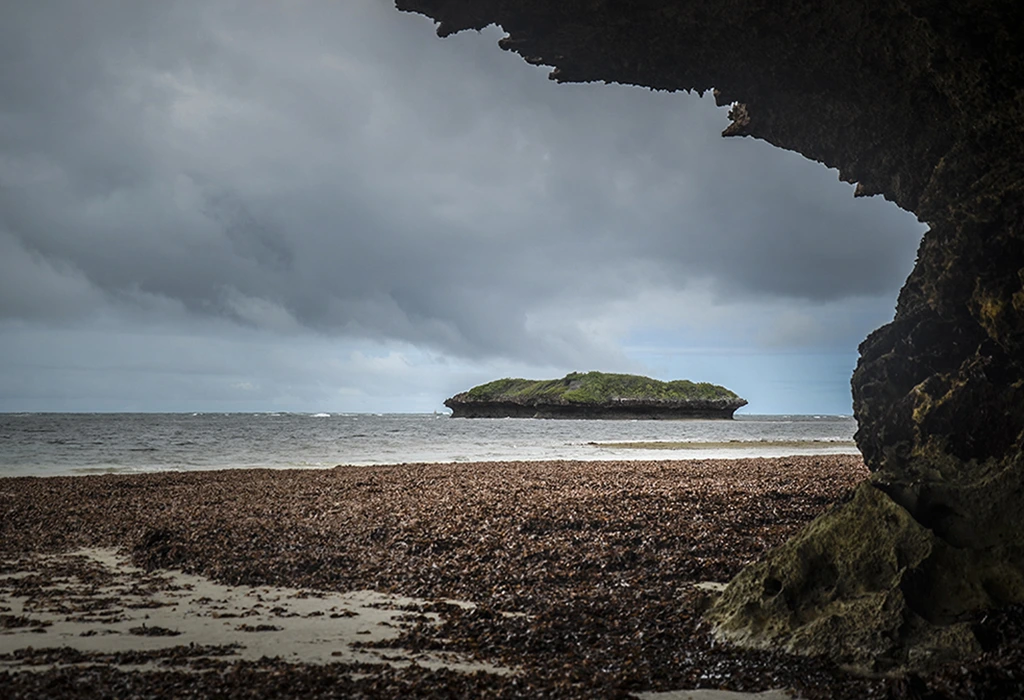What Makes a Place Culturally Significant in East Africa?
We determine what makes a place culturally rich by examining several key factors: historical value, architectural uniqueness, spiritual importance, and the presence of living cultural traditions. A culturally significant place reflects the region’s identity, tells its story, and continues to shape the daily lives of its people.
Why Is Stone Town in Zanzibar Considered One of the Most Cultural Places in East Africa?
Stone Town, located on the island of Zanzibar in Tanzania, is a UNESCO World Heritage Site and arguably the most iconic cultural hub in East Africa. Its narrow, labyrinthine streets, coral stone buildings, and carved wooden doors reflect centuries of Swahili, Arab, Persian, Indian, and European influence. Most Cultural Place in East Africa
Historically, Stone Town was a major center for trade and the East African slave trade. Today, it continues to be a living town filled with museums, local markets, and cultural festivals. The House of Wonders, the Old Fort, and the Anglican Cathedral on the former site of the slave market are must-visit landmarks.
What Cultural Heritage Can Be Found at the Kasubi Tombs in Uganda?
The Kasubi Tombs, situated in the capital city of Kampala, Uganda, are the royal burial grounds for the Buganda kings. As a UNESCO World Heritage Site, the Kasubi Tombs represent traditional Ganda architecture and spiritual heritage. The site is constructed primarily from organic materials such as wood, reed, and thatch.
The Kasubi Tombs serve as sacred spiritual centers and powerful symbols of the Buganda Kingdom. These royal burial sites hold deep cultural and historical significance. Visitors join guided tours that explore Buganda customs, traditional rituals, and the central role of the kabaka (king) in the kingdom’s heritage.
Why Should You Visit Lamu Old Town in Kenya for a Cultural Experience?
Lamu Old Town preserves its legacy as the oldest continuously inhabited Swahili settlement in East Africa. Located on Kenya’s northern coast, this UNESCO World Heritage Site has welcomed residents and traders since the 14th century. Locals uphold Islamic traditions that shape daily life, while craftsmen build and maintain homes using architectural styles influenced by Arab, Persian, and Indian cultures. As you explore its narrow streets, you experience centuries of living history through carved wooden doors, coral stone buildings, and vibrant cultural rituals.
Visitors to Lamu can explore the Lamu Museum, visit ancient mosques, and walk the town’s narrow alleyways that haven’t changed much in centuries. The town is known for its festivals, such as the Lamu Cultural Festival and Maulidi Festival, which draw tourists from around the world. SEO-optimized terms such as “Swahili culture Kenya,” “historic coastal towns in Africa,” and “things to do in Lamu” align well with this topic.
What Makes Bwindi Impenetrable Forest in Uganda Culturally Important?
Bwindi Impenetrable National Park is internationally known for its mountain gorillas, but it also carries deep cultural significance as the ancestral home of the Batwa people. Known as the “forest keepers,” the Batwa lived in harmony with the forest for generations before their relocation following Bwindi’s designation as a national park.
Today, visitors join the Batwa Experience—a guided tour led by Batwa community members who actively share their history, traditional hunting techniques, music, and spiritual beliefs. This cultural interaction not only enriches the visitor experience but also supports indigenous rights and preserves vital traditions. To enhance your content’s visibility, include keywords like “Batwa people Uganda,” “indigenous culture East Africa,” and “cultural experiences in Bwindi.”
Why Is Fort Jesus in Mombasa a Must-Visit Cultural Site?
Fort Jesus, located in Mombasa, Kenya, is a 16th-century Portuguese fort that played a crucial role in the struggle for control over the East African coast. Throughout the centuries, the fort changed hands multiple times, being occupied by the Portuguese, Arabs, and British. Each of these groups left their mark on the structure and the surrounding region.
Today, Fort Jesus operates as a museum, displaying a rich collection of artifacts that narrate the complex history of trade, colonization, and cultural exchange along the Indian Ocean. The fort is one of Mombasa’s top tourist attractions and is often included in historical tours of Kenya. For those looking to explore the region’s heritage, it offers valuable insight into the historical dynamics of East Africa.
Are There Cultural Experiences Beyond UNESCO Sites in East Africa?
Absolutely. While UNESCO sites draw significant attention, East Africa offers a wealth of other cultural experiences. From Maasai villages in Kenya and Tanzania to the Oromo communities in Ethiopia and the Chaga tribes on the slopes of Mount Kilimanjaro, you’ll find living traditions that enrich any cultural exploration.
Participatory experiences—such as attending traditional weddings, tasting local cuisines, joining drum and dance circles, or visiting artisanal markets—offer deep insights into East African life. Search terms like “East Africa cultural tours,” “traditional African villages,” and “tribal experiences in Africa” can help target these interests.
How Can You Best Explore East Africa’s Cultural Heritage?
What Is the Most Cultural Place in East Africa?
Each destination in East Africa offers a unique facet of the region’s diverse cultural landscape, so no single place holds all the answers. However, by exploring places like Stone Town in Tanzania, Lamu Old Town in Kenya, the Kasubi Tombs in Uganda, and the Batwa Experience in Bwindi Forest, you’ll immerse yourself in some of the richest and most authentic expressions of East African heritage.
Moreover, by including these cultural gems in your travel plans, you’ll enhance your content’s visibility. Use search-friendly keywords like “cultural places in East Africa,” “UNESCO sites in Africa,” and “East African heritage travel” to connect your material with what travelers are actively searching for online.
Whether you’re a history enthusiast, an adventure seeker, or someone who craves meaningful cultural exchanges, East Africa promises a journey that enlightens and inspires at every turn.




